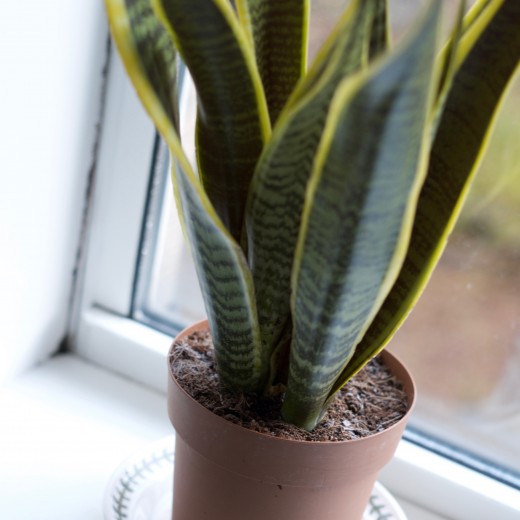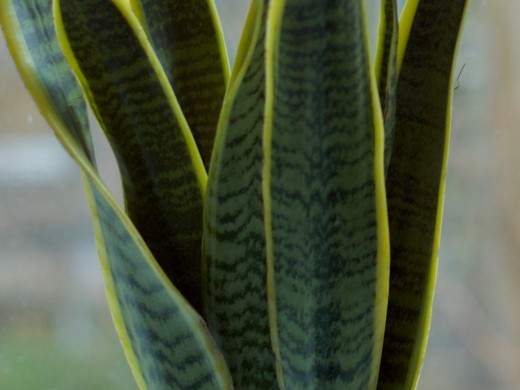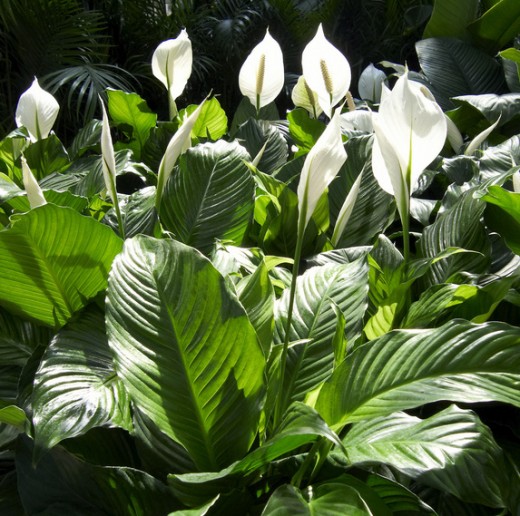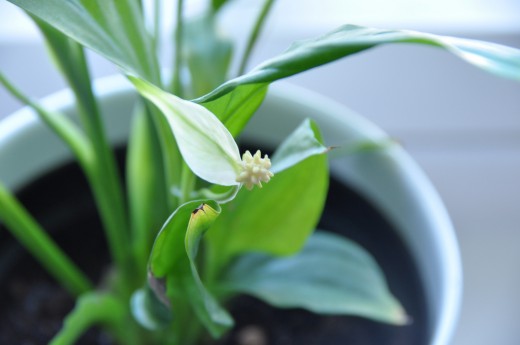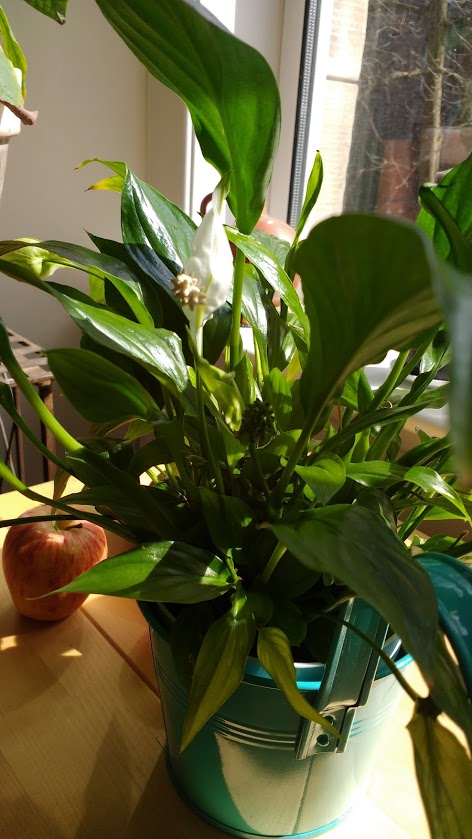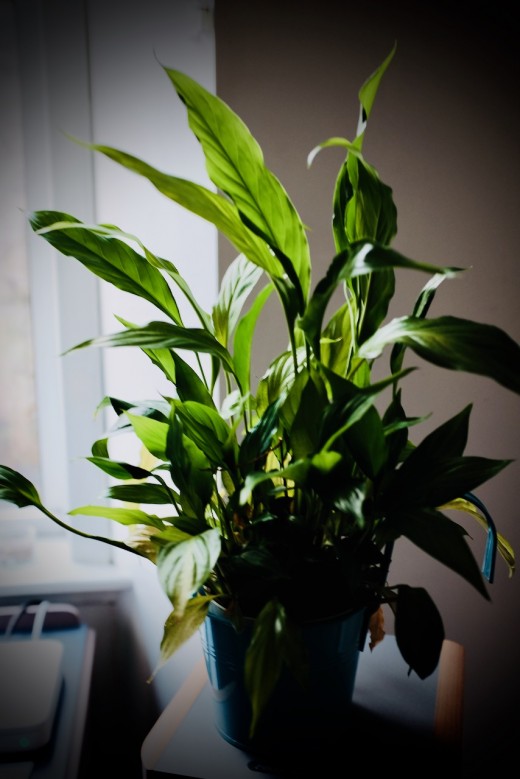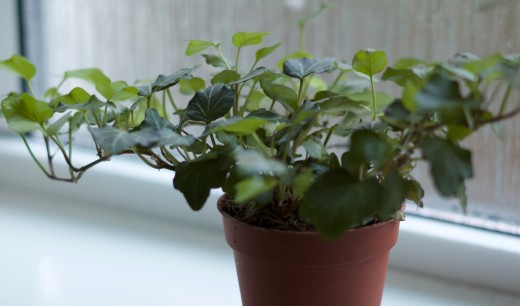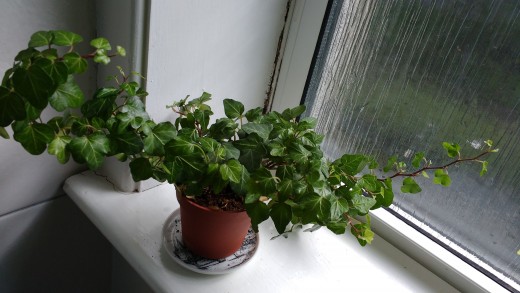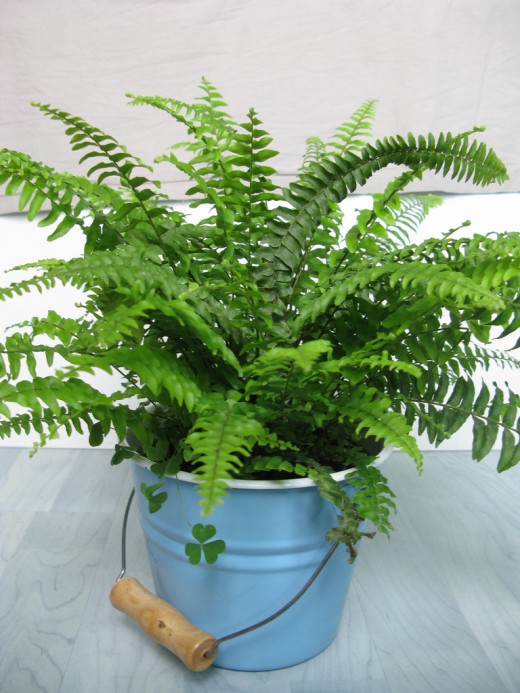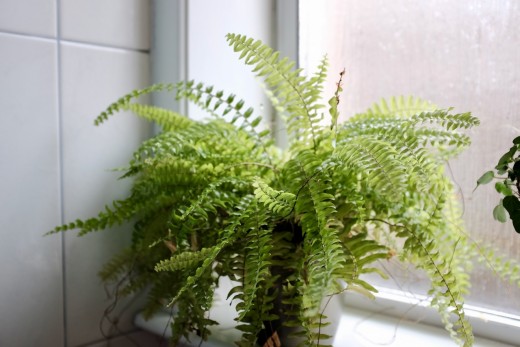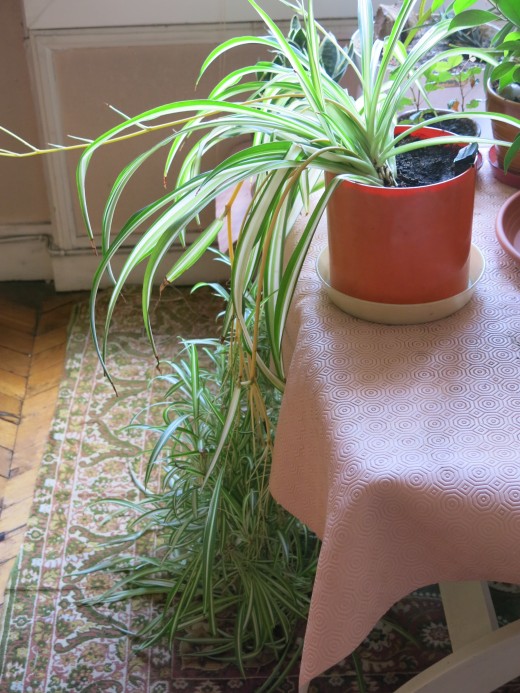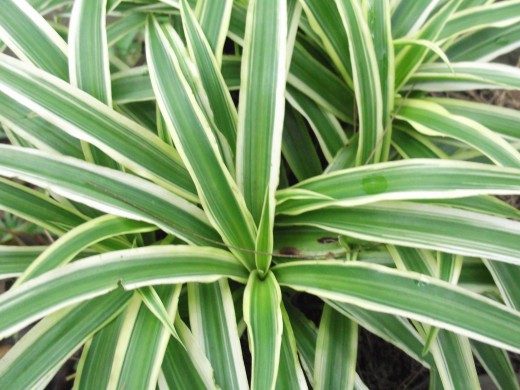Top Houseplants for Humid Environments
These easy to care for houseplants are suited to humid conditions, particularly bathrooms and kitchens. They are also:
- scientifically proven to purify the air
- low maintenance
- psychologically beneficial
They are also popular plants for offices, restaurants, and cafes due to their low maintenance needs.
The plants are:
- Mother in Law's Tongue
- Peace Lily
- Boston Fern
- English Ivy
- Spider plant
All these plants are types of epiphytes. An epiphyte is a plant that absorbs moisture from the air through its leaves, rather than from its roots. Many of these kinds of plant originate from the rainforest and temperate areas where they grow well with limited roots wrapping around trees.
Air-purifying properties
Scientific studies, including ones by NASA, prove that these plants help purify the air around them by absorbing toxins. Introducing them to your house is not only going to brighten the place up but also be good for your health.
There are some articles on the internet that also claim that these plants can also reduce humidity, but there isn't scientific evidence to prove this.
1. Mother in Law's Tongue
Botanical name: Sansevieria trifasciata


Mother-in-Laws Tongue is an ideal house plant as it is very difficult to kill! It is a desert plant so it doesn't matter if you forget to water it for weeks or even months, it will usually survive.
As long as you avoid overwatering it so much the roots start to rot, this plant will be happy. When watering make sure the soil is able to drain and it dries out.
It can survive in low light, and stronger light, although it may be unhappy in regular bright sunshine.
They are especially recommended for bedrooms as they release oxygen into the air during the night.
Caring for a Mother in Law's Tongue
Light conditions
| Indirect sunlight. Needs very little light
|
Watering
| Allow to dry out. Limit the amount you water it, especially in winter.
|
Recommended for
| Bedrooms because it releases oxygen during the night
|
Toxins absorbed
| Ormaldehyde, trichloroethylene, xylene, toluene, and benzene
|
Maintenance level
| Low. An extremely easy plant to take care of.
|
Where does the name come from?
Unfortunately, the exact origins of the name Mother-in-Law's Tongue seems to be lost in time (the Oxford English Dictionary tells us the name was in use before 1958). Presumably the plant is so named because the sharpness of the leaves reminded someone of the way their mum-in-law spoke.
The other name by which the plant in commonly known is snake plant.
Other names
There are many other names used for the Mother in Law's Tongue
- Snake plant
- Viper's bowstring hemp
- Saint George's sword
- Devil’s Tongue
- African Spear,
- Goldband Sansevieria,
- Viper’s Bowstring Hemp,
- Magic Sword
2. Peace Lily
Spathiphyllum




Despite it's name the Peace Lily is not a real member of the lily family, it is a tropical plant originally from South America.
Be warned it is toxic if eaten so if you have curious children or pets keep out of their reach.
What you need to do
If your Peace Lily is looking a bit droopy and sad it will cheer up if you drench it in water (make sure it drains though). It will perk up, and not need water again for a while.
You should also prune any brown leaves.
If the environment becomes drier especially in the summer you may need to mist the leaves a little.
Otherwise this is a very unfussy plant.
Caring for a Peace Lily
Light conditions
| Medium to low
|
Watering
| Once a week or so. Check if soil dried out
|
Good for
| anywhere
|
Toxins removed
| ammonia, formaldehyde, benzene trichloroethylene, xylene and toluene
|
Maintenance
| low
|
3. English Ivy
Botanical name: Hedera helix
English, or common ivy is a popular plant, native to Europe, and parts of Asia and Africa. Outside it often grows up buildings, or up trees, and there is controversy and disagreement about the extent to which it is a weed or damaging. However it is an excellent easy care houseplant which is known to absorb mold and fecal particles, so good for the bathroom.
It is poisonous if eaten though, so one to keep out of the way of pets and/or children.


Caring for an English Ivy
Light conditions
| Bright, not direct sun
|
Watering
| Likes humid environments
|
Good for
| Moist places like bathrooms, can grow just about anywhere
|
Toxins removed
| Absorbs mold and fecal particles and formaldehyde
|
Maintenance
| Low
|
4. Boston Fern
Botanical name: Nephrolepis exaltata
The Boston Fern is probably the most fussy of the plants on this list. It needs a humid environment to survive and will become unhappy if it is dry, but as long as its soil is kept moist and it is in the right setting it should live happily. It's humid loving nature means it is especially good for bathrooms, if you put it somewhere less humid it is an idea to mist it occasionally. It is an excellent choice for hanging baskets.
Also known as:
- Swordfern
- Tuber ladder fern
- fishbone fern


Caring for a Boston Fern
Light conditions
| indirect light
|
Watering
| ensure soil stays moist
|
Good for
| bathrooms, anywhere humid
|
Toxins removed
| Formaldehyde, Xylene
|
Maintenance
| medium
|
5. Spider Plant
Botanical name: Chlorophytum comosum
The spider plant is a popular easy care plant, that will survive in almost any condition, as long as there is a bit of light and you avoid overwatering. They are happiest in humid environments with bright (but not too direct) light.
They are good for hanging baskets and can spawn little spider plants known as "spiderettes:" Spider plants are also easy to propagate, by splitting up and replanting.
Also known as:
- Airplane Plant
- Hen and Chickens
- St. Bernard’s Lily
- Ribbon Plant
- Spider Ivy


Caring for a spider plant
Light conditions
| Prefers partial shade
|
Watering
| Allow soil to drain between watering
|
Good for
| Nearly anywhere
|
Toxins Removed
| Formaldehyde, Xylene, Toulene
|
Maintenance
| Low
|
Have these plants helped you?
Information about the chemicals these plants can help remove
Benzene
| used in items including gasoline, paints plastics, and rubber
| irritating to skin and eyes. Some evidence links to chromosomal changes and leukaemia
|
Trichloroethylene
| used in industry or in printing inks, paints, lacquers, varnishes, and adhesives.
| evidence of links to some cancers
|
Formaldehyde
| household cleaning products, found in many consumer products
| irritating to nose, skin and eyes. asthma, throat cancer
|
Xylene
| solvent used in printing, rubber, paint and leather industries
| linked to symptoms such as headache, dizziness, nausea and vomiting
|
References
Wolverton BC, Johnson, Anne and Bounds, Keith "Interior Landscape Plants for Indoor Air Pollution Abatement: Final Report September 15 1989" National Aeronautics and Space Administration (NASA).
Kobayashi KD, Kaufman AJ, Griffis J, McConnell J. 2007. Using houseplants to clean indoor air. Honolulu (HI): University of Hawaii
Wolverton, B. C. and J. D. Wolverton. (1993). Plants and soil microorganisms: removal of formaldehyde, xylene, and ammonia from the indoor environment. Journal of the Mississippi Academy of Sciences 38(2), 11-15.
Kandyala, R., Raghavendra, S. P. C., & Rajasekharan, S. T. (2010). Xylene: An overview of its health hazards and preventive measures. Journal of Oral and Maxillofacial Pathology : JOMFP, 14(1), 1–5. http://doi.org/10.4103/0973-029X.64299
Meattle, Kamel, How to grow fresh air, TED talk 2009. This is a very interesting talk about how to use 3 houseplants to "grow" fresh air in an office.

